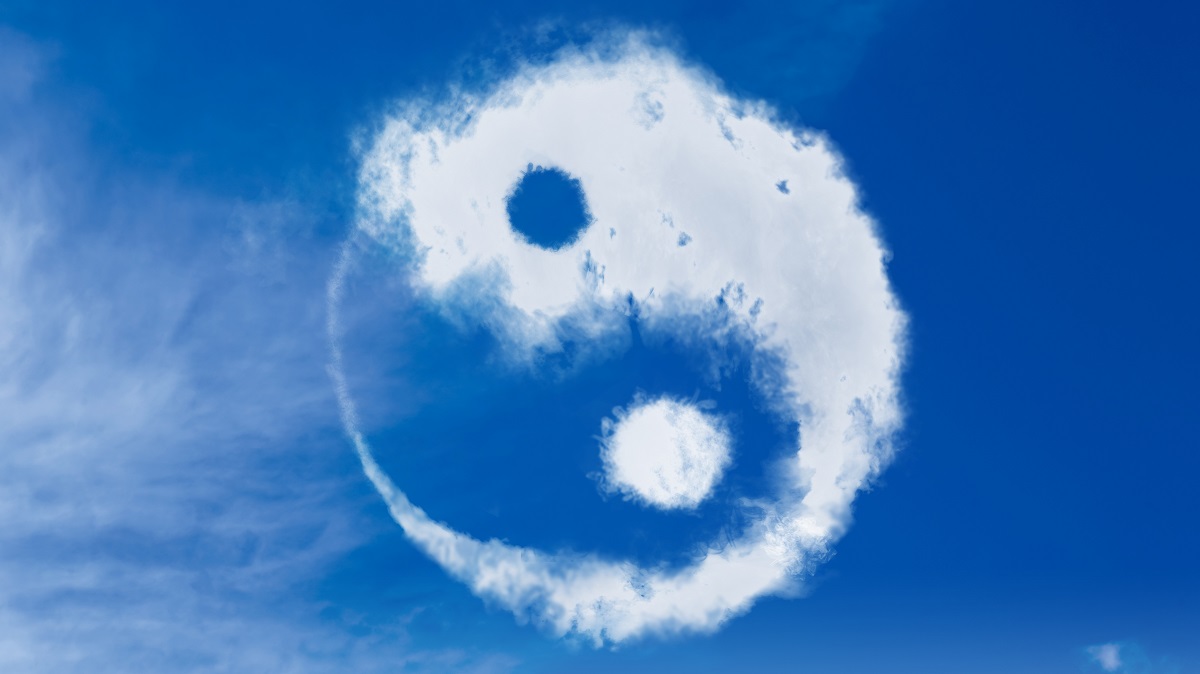There are two types of people in the world: The worrisome ones and the impatient ones – two opposing forces locked together, like yin and yang, in perfect disharmony from the dawn of time.
The creation myth is correct – up until the final day.
On the first, the Lord turned on the lights.
No problem there.
On the second, he tore open the skies and stirred the seas.
Did surely.
On the third, he tipped his celestial bucket and dumped the rocks.
On the fourth, he made the sun, moon and stars.
On the fifth, he sent creatures to inhabit his world.
And on the sixth, he sent some more, including the bipedal hairless mammals, who, in their hubris, would soon come to consider themselves the masters of all others.
But this is where our learned theologians make a hames of the whole shebang, so to speak. It is the bum note at the end of an otherwise perfect symphony.
Because, on the seventh day, rather than putting the feet up, as the story apocryphally goes, the Lord did the Devil’s work.
Noticing that all the humans were getting on so well – munching berries, lighting campfires, probably doing their fair share of fornicating – he, being the sadistic tormentor that he is, decided one last touch was required before his masterpiece was complete.
“That’ll not do at all,” he said, scratching his huge, luxuriantly bearded chin. “Far too much like heaven. If I wanted to watch people getting on I’d look over the garden fence. Needs more suffering.”
So, never one to contemplate a cruel impulse for too long, he lifted himself from his eternal throne, punched a hole through the clouds with his almighty paw, and from half his flock stole patience, and in the other half planted worry.
And, sure enough, before his holy hoop had returned to its well-upholstered resting place, paradise was lost.
“That’ll teach them to dance about wearing fig leaves for drawers,” said the big man, looking down at the already-bickering world below.
I was reminded of this tension – the one between people prone to fretting, worrying and overthinking, and those who are not – the other day when I read about two famous psychologists, friends and, eventually, estranged colleagues, Amos Tversky and Daniel Kahneman.
The story went that these two fellas together created a team unmatched in their field.
In fact, after Tversky died, Kahneman was awarded a Nobel Prize for the ground the pair had pioneered in their study of cognitive biases.
Anyway, apparently their passionate intellectual union went sour towards the end as a result of Kahneman’s tendency to worry about what others thought of him, a trait that manifested in many ways, few of which Tversky had time for.
In fact, so fed up did the latter become with the former’s neurotic ways, he, allegedly, broke off the friendship for the last few years of his life.
During this time, Kahneman is said to have fallen into a dark place. Meanwhile, his former partner continued to waltz through universities, make new friends, and publish more papers.
After Tversky died, a load of files were found in his office, many providing proof that he was still working on ideas that he and Kahneman had initially come up with years before.
Apparently, this changed everything for his partner, who, upon realising that his old friend still valued his work, was able to make posthumous peace with him.
When he accepted his Nobel Prize in 2002, Kahneman made sure a massive picture of his old friend was projected onto the wall behind him.
In ways it is a story with a happy ending, but also one with an extraordinarily tragic penultimate act.
Two friends, one who made the other better, come apart because one is too partial to worrying and the other hasn’t the patience to put up with it.
The cruel irony of the whole thing is that, apparently, Kahneman’s greatest concern was that Tversky didn’t care about him – an almost self-fulfilling paranoia that, though not based in reality, nevertheless managed to occasion its own worst-case-scenario.







